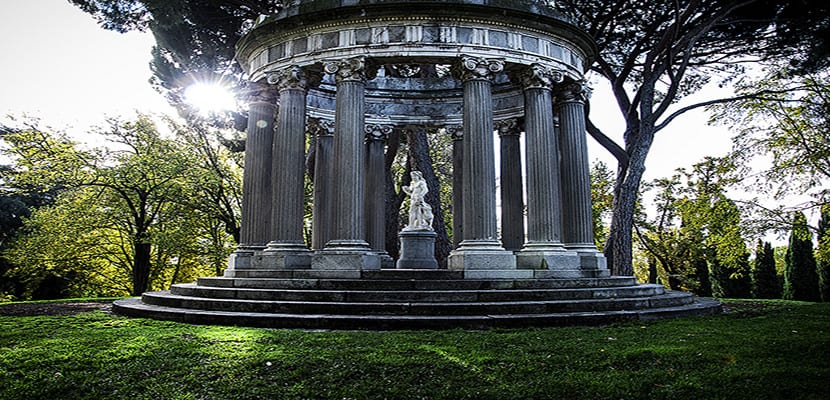
Image | Flickr by JRxpo
As the capital of Spain, Madrid is a cosmopolitan city full of monuments, restaurants, shops, parks, museums, etc. that offers many possibilities in terms of leisure. The historic center is well known and appears in all the tourist guides that any first-time visitor may have.
However, behind that image there is another Madrid. A city full of little-known corners even for locals that surprises locals and strangers. Such is the case of the following places of interest known as Madrid's secrets.
El Capricho Park
Located in Alameda de Osuna, it is a wonderful 14-hectare green space with a unique plant and landscape capacity as it was designed by the Duchess of Osuna in 1784 for the enjoyment of the view.. When he acquired the land, he poured all his knowledge and good taste into it to design a space to enjoy nature and gather alone or together with friends.
This secret of Madrid receives its name from being precisely a site created based on the whims of the Duchess to decorate it at will: with a labyrinth, with a French parterre, with the temple of Bacchus, with a hermitage ... All surrounded by gardens, trees and ponds.
In fact, thanks to the varied number of plant species that inhabit El Capricho, it can be said that there are four parks in one, depending on the time of year, this secret of Madrid is appreciated and valued in one way or another.
Dalí Square
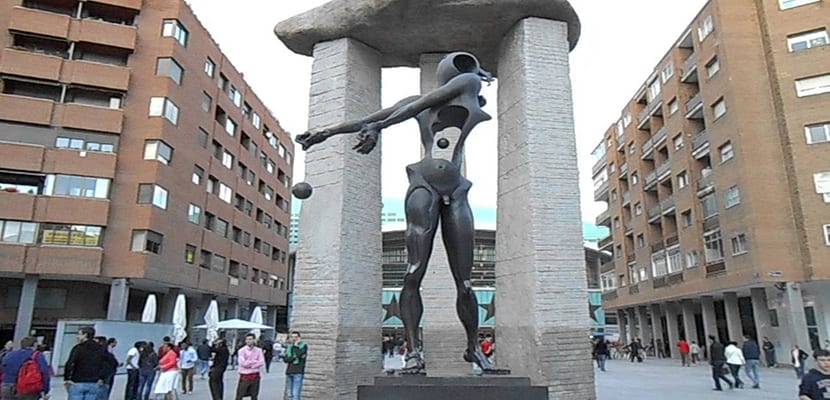
Image | Youtube
The mythical surrealist painter left his mark for the memory not only on his canvases but also on Avenida de Felipe II in Madrid, through a sculpture that the Catalan wanted to dedicate to the physicist Isaac Newton.
The statue is almost 4 meters high and is placed on a cube of polished black stone whose faces read letters that form the name Gala, that of her muse and partner. Behind the figure appears a huge granite dolmen weighing 350 tons, which, although it was conceived as a naturalist, finally resulted in geometric shapes.
Church of San Pedro ad Víncula
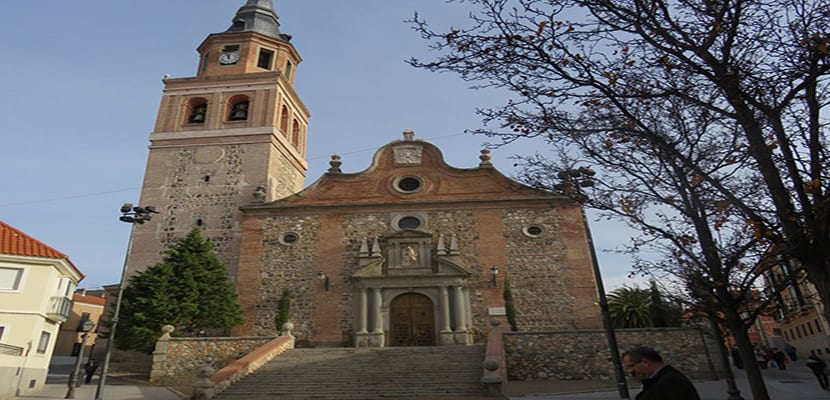
Image | The Sereno of Madrid
Another secret of Madrid unknown to the general public is the church of San Pedro ad Víncula, located in the historic center of Villa de Vallecas. Since the XNUMXth century, this area of Madrid had an important population center that increases when the court moves to the capital. Hence the need to create a temple for the parishioners.
San Pedro ad Víncula was built in 1600 according to Juan de Herrera's project, although a tower was later added that can still be seen in 1775 by Ventura Rodríguez. Later it underwent different transformations to have the appearance of today.
Its exterior presents a facade of Toledo-style rigging, with a beautiful doorway and an elegant tower, semicircular arches and a spire with which it ends. Inside, there are paintings by Rizzi and Lucas Giordano, where the miracle of the liberation of Saint Peter from his chains through the mediation of an angel is explained.
Neighborhood of the letters
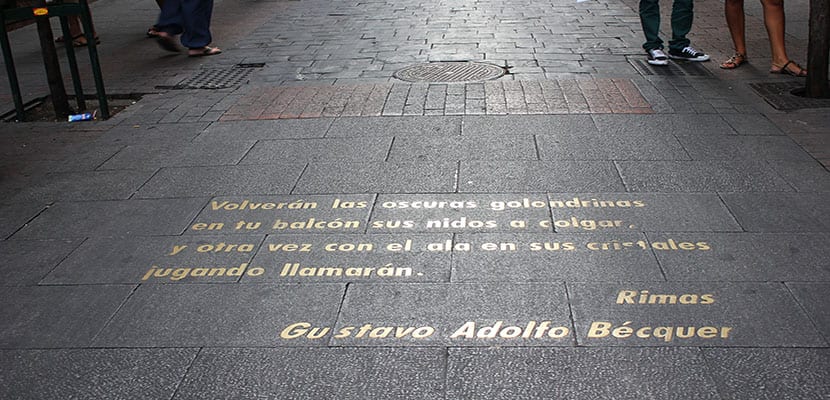
Image | TravelJet
This small neighborhood in the center of Madrid is a rarity that few cities can boast of in the world. The best writers of the time gathered here during the so-called Golden Age, who lived in the same streets and frequented the same spaces with the rivalries that this entailed.
Pedro Antonio de Alarcón, Francisco de Quevedo y Villegas, Luis de Góngora, Félix Lope de Vega, Miguel de Cervantes and many others coincided in the same neighborhood and went down in the history of literature.
In this secret of Madrid there are streets with a special cobblestone that form phrases of famous works by these illustrious neighbors. In addition, in the Barrio de las Letras you can visit the original house of Lope de Vega or visit the church where Miguel de Cervantes was buried.
The Mariblanca
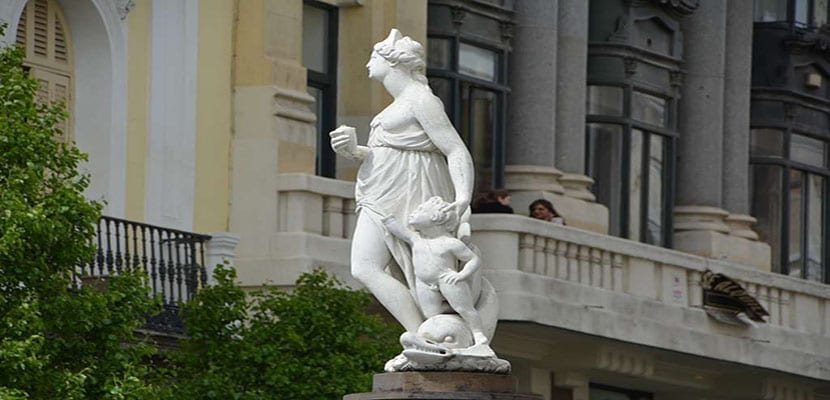
Image | Madrid viewpoint
Anyone who approaches the Puerta del Sol will discover on one of its sides a statue of a woman who few know who she is. It is the Mariblanca, a white marble figure designed in 1618 in the style of Venus for a fountain that was to adorn the square.
Its history has not been easy because from its location in the streets of Madrid it has suffered numerous acts of vandalism and subsequent repairs. In 1984 it suffered many damages due to this issue and it was removed from the public thoroughfare to restore it.
The one that can now be seen in the Puerta del Sol is a replica made in 1986 and since then it has changed its position at least twice.: first it was where the original fountain, then at the confluence with Arenal street, which is where it can currently be seen.